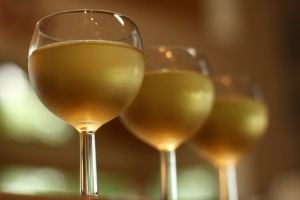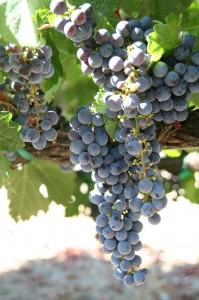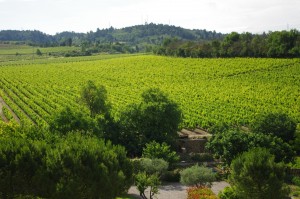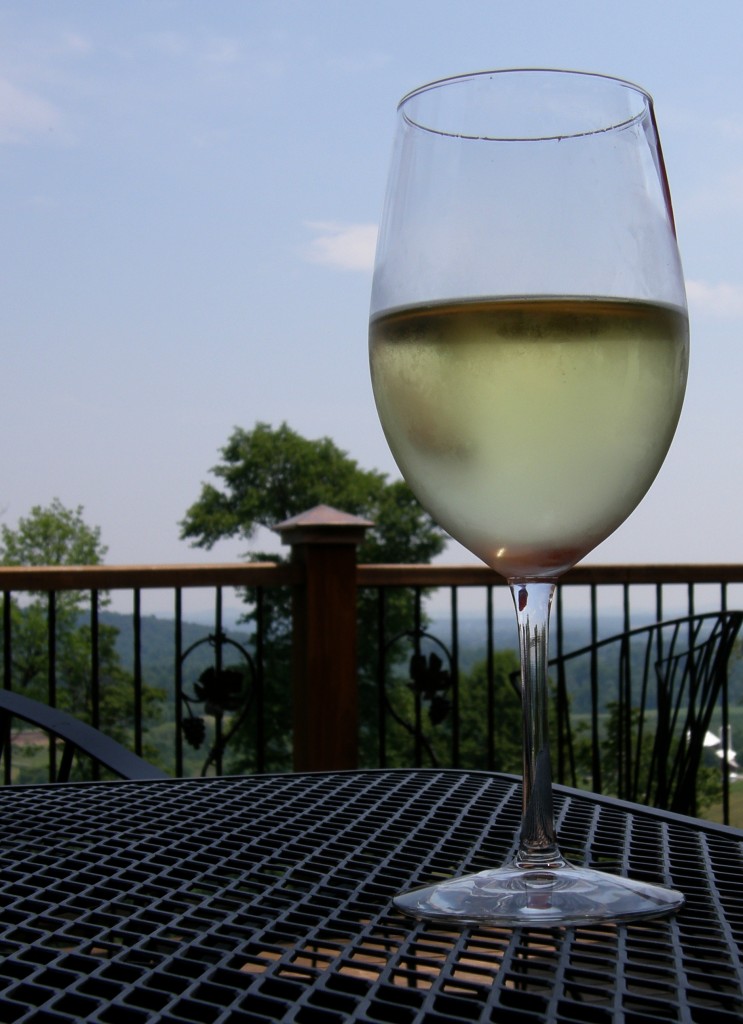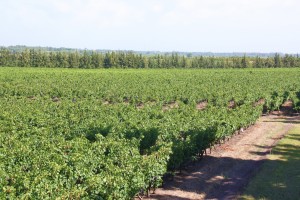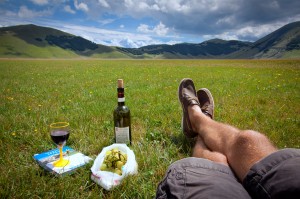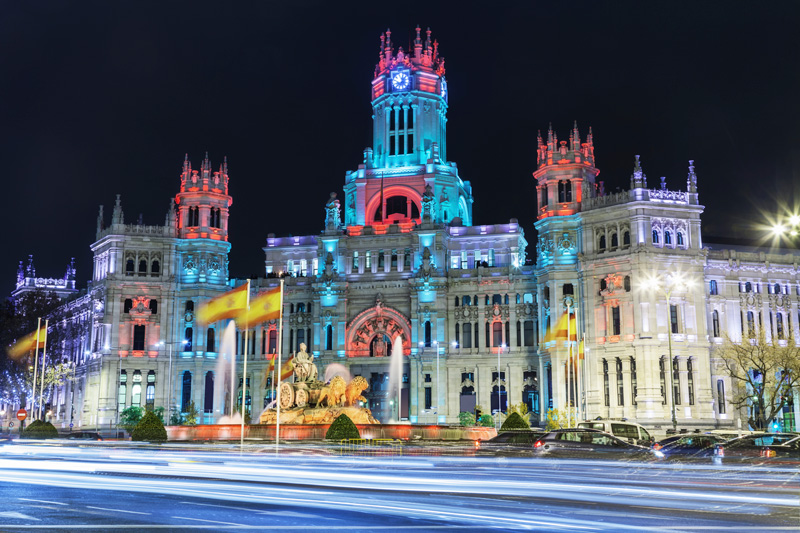
A trip to any wine country should bring joy to all the senses and not just the thirsty palate. A wine trip to Spain will do all that and more, especially if the thirsty oenophile begins in Barcelona, heads west to Montsant and Priorato, and then continues the quest westward along the Duero River to partake of the world’s finest Tempranillo wines in Ribera del Duero. And surely there will be time for short detours to Rioja and Rueda to taste more great wine. One can do all of this in Spain in a week or ten days, without having to rack up a thousand miles along the way. Think excellent bubbly in the form of delicate Cava from Catalonia and the environs of Barcelona, big mouth filling reds from Montsant and Priorato, velvety sophisticated reds from Ribera del Duero and Rioja, and crisp, satisfying, thirst quenching white wines from Rueda. And Spain’s best kept secret may be its food.
There’s a lot more to Spanish cuisine than paella. Some of the most splendid meals I have had in Europe came on a recent trip to Spain. Admittedly, France and Italy enjoy well-deserved reputations for their food and wine, but they can’t quite match Spain for the predictability of the weather and the consistency with which Spain turns out tasty well made wines at prices most of us can afford. Today, Spain is in the midst of “A Golden Age.” In short, Spanish wines have never been better than they are today. Enjoy!
Saluté!
Don

